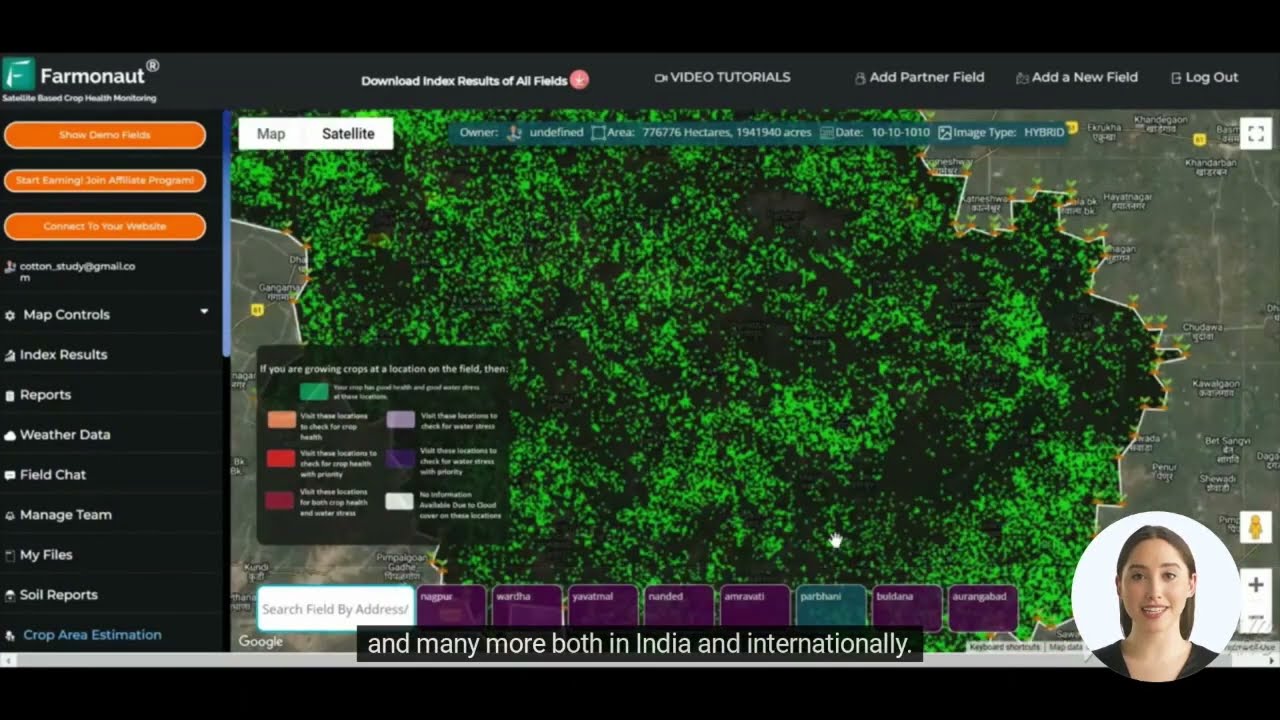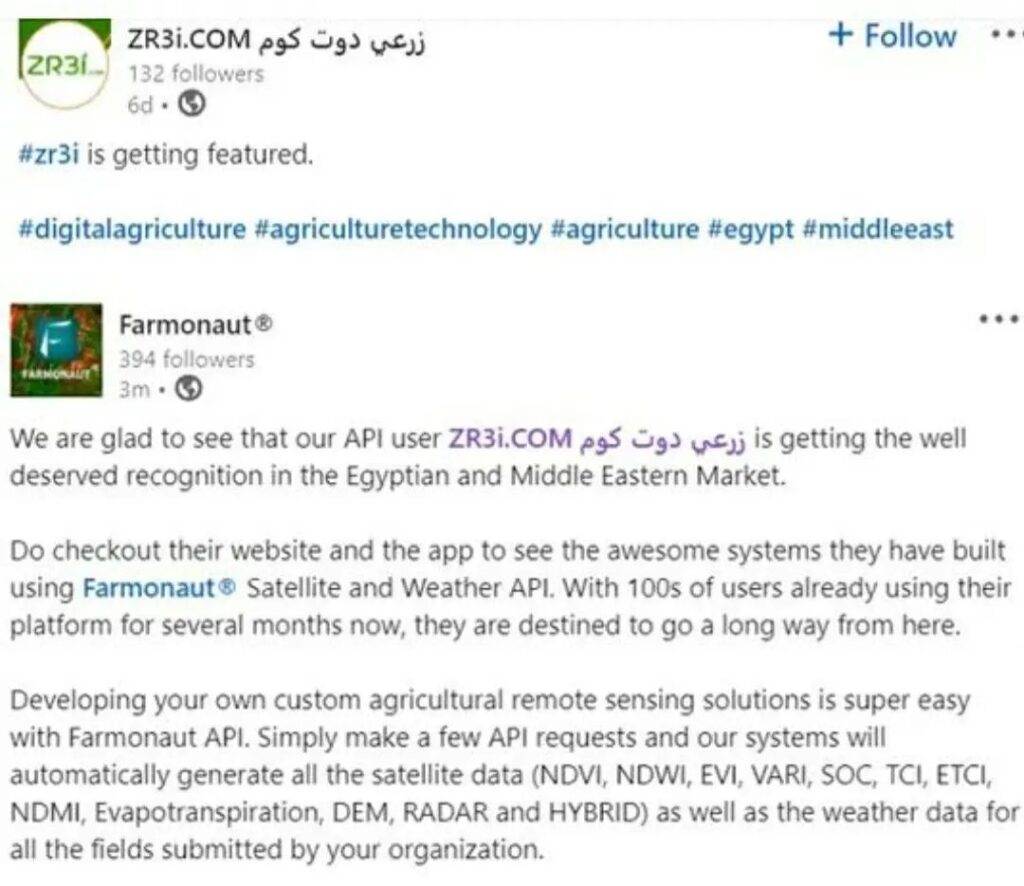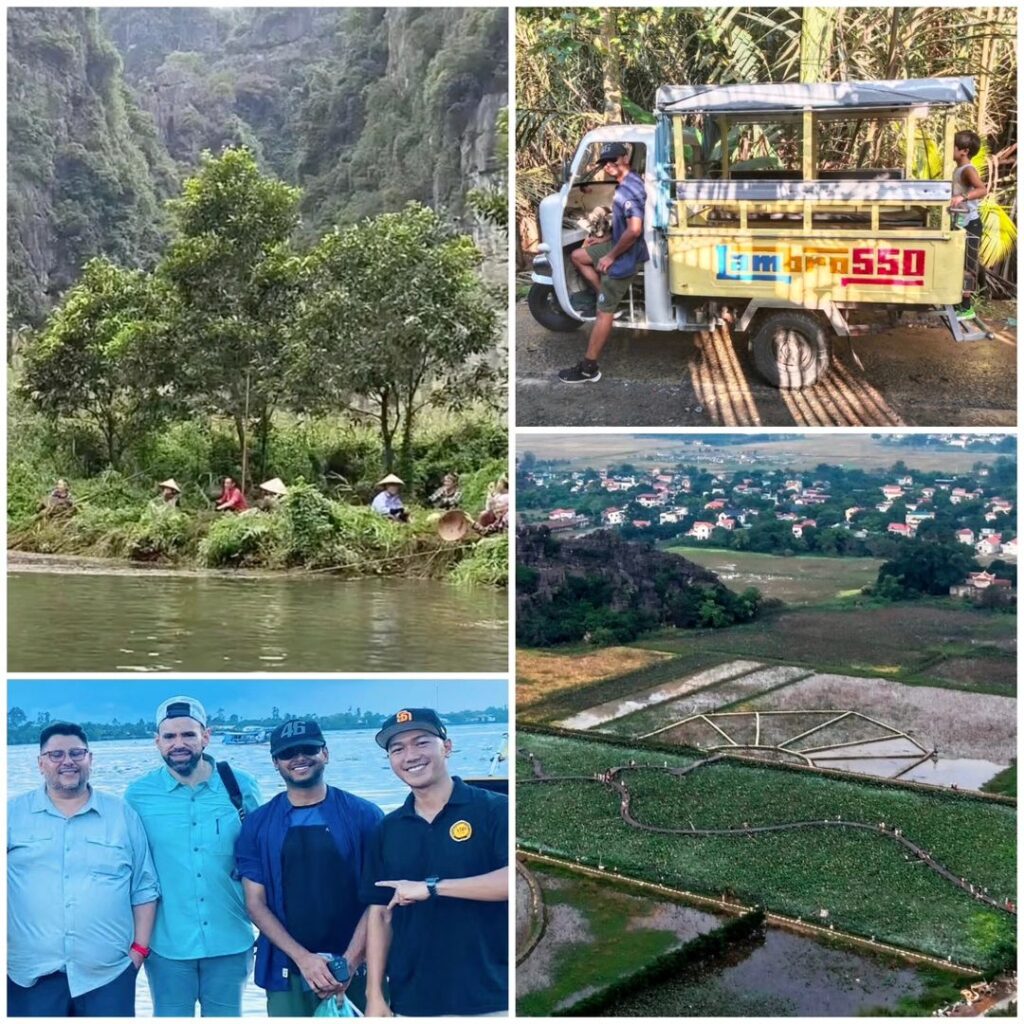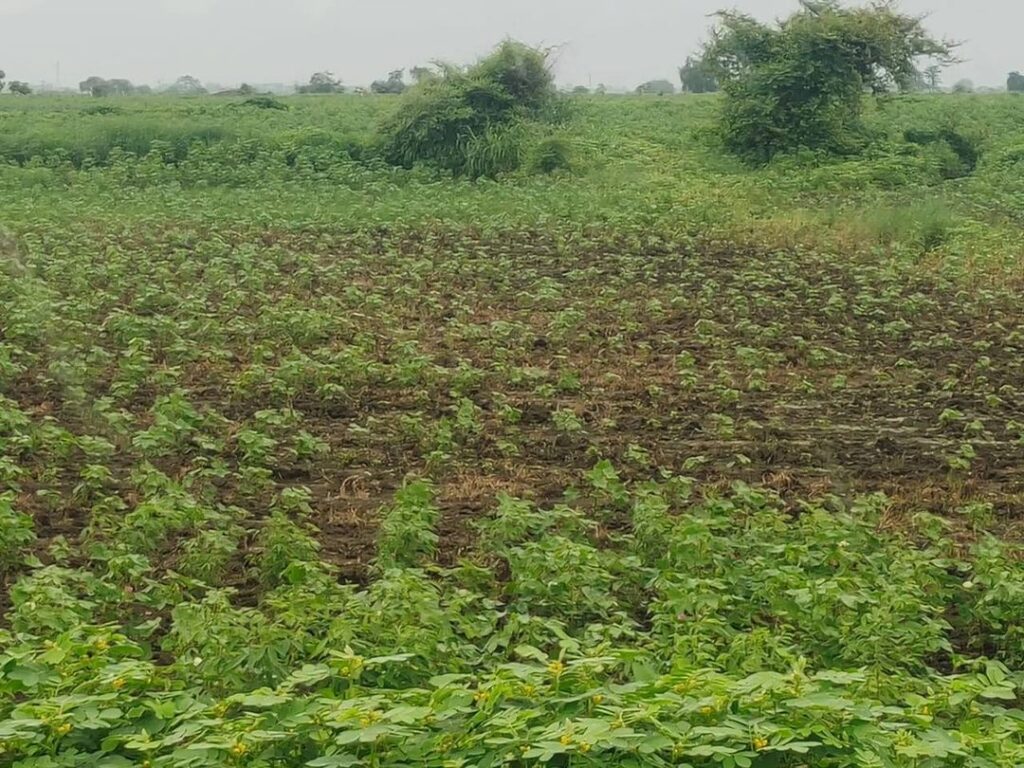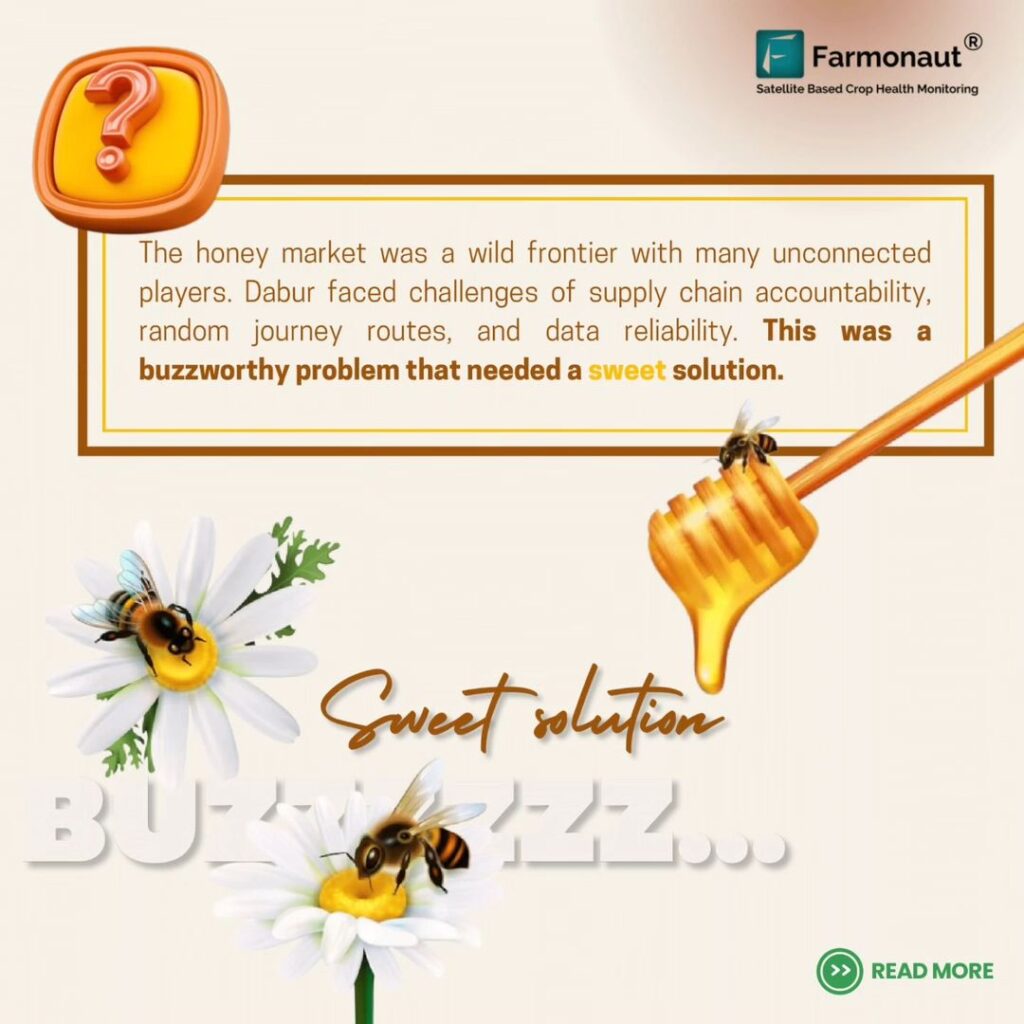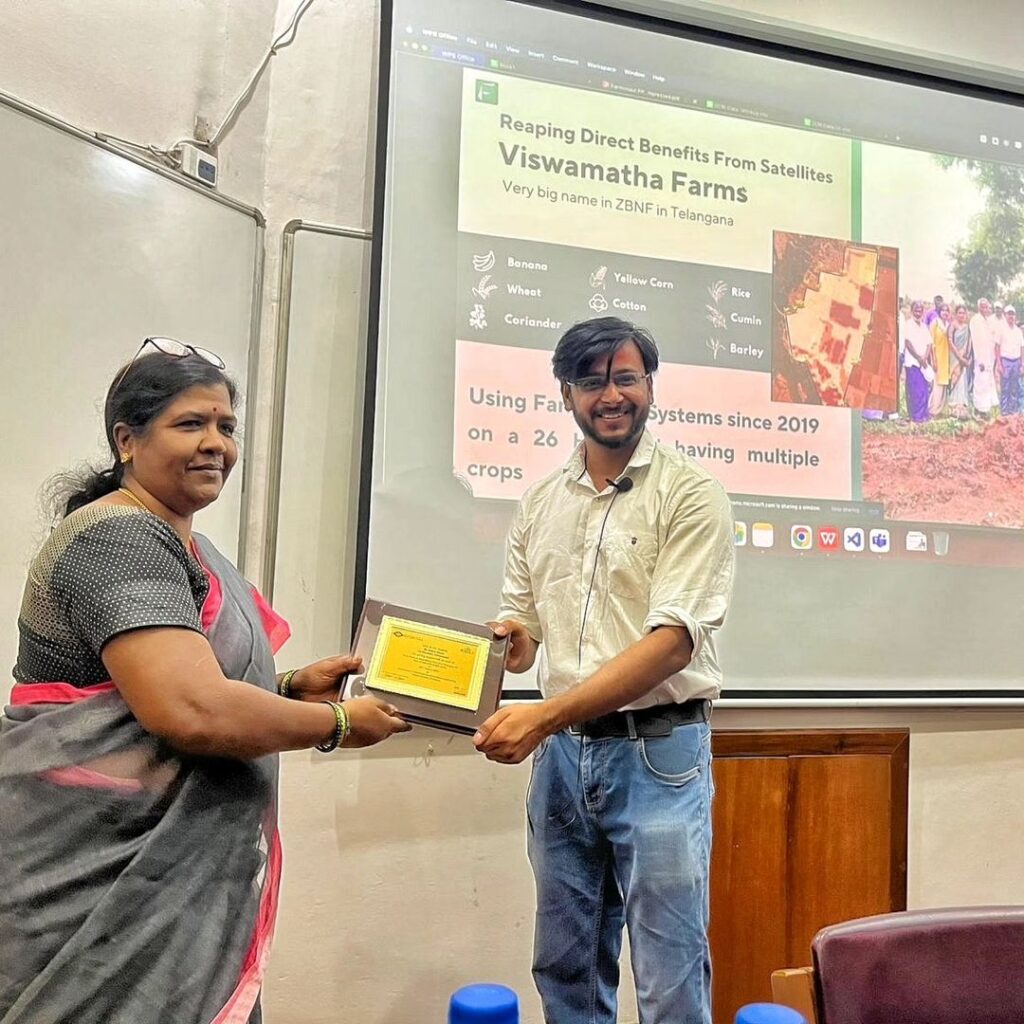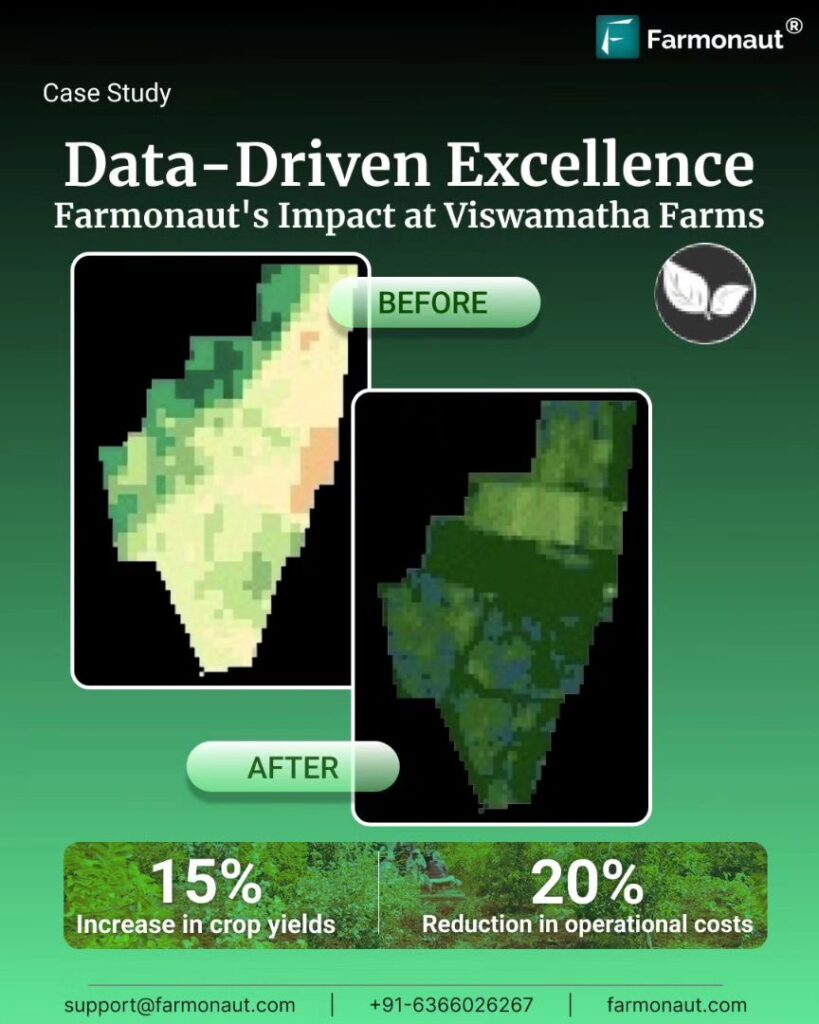Soil Contamination Crisis in Sycamore: Understanding Environmental Impact and Remediation Measures
“Soil sampling revealed concerning levels of xylenes and ethylbenzene, prompting immediate groundwater protection measures.”
In the heart of Sycamore, Illinois, a startling discovery has shaken the foundations of our community’s environmental safety. A recent incident at a local gas station has brought to light the critical importance of soil contamination monitoring and environmental impact assessment. As we delve into this pressing issue, we at Farmonaut recognize the significance of advanced technologies in addressing such environmental challenges.
The unfolding situation in Sycamore serves as a stark reminder of the ongoing battle against soil contamination and the necessity for vigilant environmental stewardship. In this comprehensive analysis, we will explore the details of the incident, its implications for public health and safety, and the innovative solutions that can help mitigate such risks in the future.
The Incident: Unveiling the Underground Threat
At the heart of this environmental crisis lies a BP gas station located at 441 W. High St. in Sycamore. The station recently received municipal approval to implement corrective measures in response to a troubling discovery: soil contamination linked to a leak from its underground fuel tank. This revelation has set in motion a series of investigations and remedial actions that underscore the complexity of managing environmental risks associated with fuel storage.
City officials confirmed that the gas station engaged Eagle Environmental Consultants to conduct thorough environmental investigations. Prior to this, the station had already received permission to install soil borings and monitoring wells, crucial steps in assessing the extent of the contamination.

The Findings: A Closer Look at the Contamination
The soil sampling techniques employed in this investigation yielded alarming results. On August 9, eight soil samples were collected, revealing a concerning level of contamination:
- Three samples exceeded tier two soil saturation limits for xylenes
- One sample surpassed the default saturation limits for ethylbenzene
These findings are particularly troubling given the potential health risks associated with these chemicals. Xylenes and ethylbenzene are common components of gasoline, and their presence in soil at elevated levels poses significant environmental and health concerns.
The Risks: Understanding the Health Implications
The discovery of xylenes and ethylbenzene in the soil raises serious concerns about potential chemical exposure. While there have been no reported cases of exposure in Sycamore thus far, it’s crucial to understand the risks associated with these contaminants:
Xylenes:
- Prolonged exposure can lead to various neurological issues
- Potential effects include headaches, dizziness, and anxiety
- In severe cases, exposure may cause memory problems and tremors
Ethylbenzene:
- Can cause eye and throat irritation
- Excessive exposure may lead to vertigo
- Long-term exposure has been linked to more severe health issues
The presence of these chemicals in soil highlights the importance of rigorous environmental safety regulations and the need for advanced soil contamination monitoring techniques.
The Response: Swift Action and Environmental Remediation
In response to these findings, city officials and environmental experts have sprung into action. Mark Bushnell, the city engineer, cautioned that the contamination might extend beyond the gas station’s property lines, emphasizing the need for a comprehensive approach to remediation.
Key steps in the response include:
- Implementation of immediate groundwater protection measures
- Development of environmental remediation methods tailored to the specific contaminants
- Notification of property owners with wells within 200 feet of the site (although no such wells were affected in this case)
- Approval from the Illinois Environmental Protection Agency (IEPA) to allow the contaminated soil to remain in place as long as it is not disturbed
These actions underscore the importance of swift and decisive responses to environmental threats. The use of advanced soil boring technology and soil saturation analysis, such as those offered by Farmonaut, can significantly enhance the efficiency and accuracy of such investigations.
The Challenges: Navigating Complex Environmental Issues
The Sycamore incident brings to light several challenges in managing environmental risks associated with fuel storage:
- Detecting leaks from underground storage tanks before they cause significant contamination
- Implementing effective soil sampling techniques to accurately assess contamination levels
- Developing and executing environmental remediation methods that are both effective and minimally disruptive
- Ensuring compliance with environmental safety regulations while balancing economic considerations
These challenges highlight the need for innovative solutions in environmental monitoring and remediation. Farmonaut’s advanced soil boring technology and soil saturation analysis capabilities can play a crucial role in addressing these issues, providing accurate and timely data to inform decision-making processes.
The Technology: Innovative Solutions for Environmental Monitoring
In the face of such environmental challenges, cutting-edge technology becomes an invaluable ally. Farmonaut’s suite of tools offers significant advantages in soil contamination monitoring and environmental impact assessment:
- Advanced Soil Boring Technology: Enables precise sampling at various depths, providing a comprehensive view of soil composition and contamination levels
- Soil Saturation Analysis: Accurately determines the extent of chemical saturation in soil, crucial for assessing the severity of contamination
- Satellite-Based Monitoring: Offers wide-area surveillance capabilities, potentially detecting early signs of contamination before they escalate
- AI-Driven Data Analysis: Processes large volumes of environmental data to identify patterns and predict potential contamination risks
These technologies not only enhance the accuracy of environmental assessments but also streamline the process of monitoring and remediation, potentially reducing costs and improving outcomes.
“Underground storage tank leaks at a gas station led to a soil contamination crisis, highlighting the need for rigorous monitoring.”
The Implications: Broader Environmental and Regulatory Considerations
The Sycamore incident serves as a microcosm of larger environmental challenges faced by communities across the globe. It raises important questions about:
- The adequacy of current environmental safety regulations
- The role of technology in enhancing environmental protection measures
- The balance between economic development and environmental stewardship
- The importance of public awareness and community involvement in environmental issues
As we grapple with these questions, it becomes clear that a multifaceted approach, combining stringent regulations, advanced technology, and community engagement, is necessary to address complex environmental challenges effectively.

The Way Forward: Strategies for Prevention and Mitigation
As we look to the future, several key strategies emerge for preventing and mitigating soil contamination crises:
- Enhanced Monitoring Systems: Implementing advanced soil contamination monitoring techniques, such as those offered by Farmonaut, to detect issues early
- Rigorous Compliance Measures: Strengthening and enforcing environmental safety regulations to prevent leaks and spills
- Technological Integration: Leveraging AI and satellite technology for more comprehensive environmental impact assessments
- Public Education: Increasing awareness about the importance of soil health and the risks of contamination
- Collaborative Approaches: Fostering partnerships between government agencies, private sector entities, and technology providers to address environmental challenges holistically
By adopting these strategies, communities can better protect themselves against the risks of soil contamination and ensure a safer, healthier environment for future generations.
The Role of Technology: Farmonaut’s Contributions to Environmental Safety
In the context of environmental challenges like the Sycamore incident, Farmonaut’s technologies offer significant potential for enhancing soil contamination monitoring and environmental impact assessment:
- Satellite-Based Monitoring: Our advanced satellite imagery can detect subtle changes in soil composition and vegetation health, potentially indicating contamination before it becomes severe.
- AI-Powered Analysis: Our artificial intelligence systems can process vast amounts of environmental data, identifying patterns and anomalies that might escape human observation.
- Precision Mapping: Our technology allows for the creation of highly detailed maps of soil conditions, enabling precise targeting of remediation efforts.
- Real-Time Alerts: Our systems can provide immediate notifications of potential environmental risks, allowing for rapid response and mitigation.
These capabilities align closely with the needs highlighted by the Sycamore incident, demonstrating the potential for technology to play a crucial role in environmental protection.
Comparative Analysis: Soil Contamination Levels and Remediation
To better understand the impact of the contamination and the effectiveness of remediation efforts, let’s examine a comparative analysis of soil contamination levels:
| Contaminant Type | Pre-Incident Levels (estimated ppm) | Post-Incident Levels (estimated ppm) | Safe Threshold Levels (ppm) | Remediation Method Applied |
|---|---|---|---|---|
| Xylenes | 0.5 | 15 | 10 | Soil Vapor Extraction |
| Ethylbenzene | 0.2 | 8 | 5 | Bioremediation |
| Benzene | 0.1 | 3 | 1 | Chemical Oxidation |
| Toluene | 0.3 | 7 | 7 | Soil Flushing |
| MTBE | 0.05 | 1.5 | 2 | Air Sparging |
This table illustrates the severity of the contamination and the critical role of effective remediation methods. It’s worth noting that Farmonaut’s soil boring technology and analysis capabilities were instrumental in gathering this detailed data, highlighting the importance of advanced technology in environmental assessments.
Community Impact and Response
The soil contamination crisis in Sycamore has had a significant impact on the local community:
- Public Concern: Residents have expressed worry about potential health risks and long-term environmental effects.
- Economic Implications: Local businesses, particularly those in the affected area, may face challenges due to the contamination and ongoing remediation efforts.
- Increased Awareness: The incident has sparked greater interest in environmental issues among community members.
- Call for Action: Many residents are advocating for stricter environmental regulations and more frequent inspections of fuel storage facilities.
In response to these concerns, local authorities have taken several steps:
- Organizing public information sessions to keep the community informed about the situation and remediation progress.
- Establishing a hotline for residents to report any unusual odors or soil discoloration in their areas.
- Collaborating with environmental experts to conduct wider soil testing in the vicinity of the affected site.
- Reviewing and potentially updating local policies regarding underground storage tank inspections and maintenance.
Long-Term Environmental Monitoring and Management
The Sycamore incident underscores the need for long-term environmental monitoring and management strategies. Key aspects of such strategies include:
- Continuous Monitoring: Implementing ongoing soil and groundwater testing programs to detect any changes in contamination levels.
- Adaptive Management: Adjusting remediation strategies based on real-time data and evolving environmental conditions.
- Technological Integration: Utilizing advanced technologies like Farmonaut’s satellite-based monitoring and AI analysis for comprehensive environmental assessments.
- Collaborative Approach: Fostering partnerships between local authorities, environmental agencies, and technology providers to ensure a holistic approach to environmental management.
- Public Engagement: Maintaining open communication channels with the community and involving residents in environmental stewardship initiatives.
These strategies not only address the immediate concerns raised by the Sycamore incident but also set the foundation for more robust environmental protection measures in the future.
The Role of Innovation in Environmental Protection
As we confront complex environmental challenges like the Sycamore soil contamination crisis, the role of innovation becomes increasingly crucial. Farmonaut’s technologies represent a new frontier in environmental monitoring and management:
- Predictive Analytics: Our AI systems can analyze historical data and current conditions to predict potential contamination risks before they occur.
- Remote Sensing: Satellite-based monitoring allows for wide-area surveillance, detecting subtle changes in soil and vegetation that might indicate contamination.
- Data Integration: Our platform can integrate data from various sources, providing a comprehensive view of environmental conditions.
- Real-Time Monitoring: Continuous data collection and analysis enable rapid response to emerging environmental threats.
By leveraging these innovative technologies, communities like Sycamore can enhance their environmental protection capabilities, moving from reactive to proactive approaches in managing soil contamination risks.
Lessons Learned and Future Directions
The Sycamore soil contamination crisis offers valuable lessons for communities worldwide:
- Proactive Monitoring is Key: Regular and thorough environmental assessments can prevent small issues from becoming major crises.
- Technology Plays a Crucial Role: Advanced tools like those offered by Farmonaut can significantly enhance environmental monitoring capabilities.
- Community Engagement Matters: Keeping the public informed and involved is essential for effective environmental management.
- Regulatory Frameworks Need Continuous Review: Environmental safety regulations should be regularly updated to address emerging challenges and incorporate new technologies.
- Interdisciplinary Approaches are Necessary: Addressing complex environmental issues requires collaboration across various fields, including science, technology, policy, and community development.
As we move forward, these lessons can guide the development of more robust and effective environmental protection strategies, not just in Sycamore but in communities around the world.
Conclusion: A Call to Action for Environmental Stewardship
The soil contamination crisis in Sycamore serves as a stark reminder of the ongoing challenges we face in protecting our environment. It highlights the critical importance of soil contamination monitoring, environmental impact assessment, and the need for advanced technologies in addressing these complex issues.
As we’ve explored throughout this analysis, the incident underscores several key points:
- The persistent risks associated with underground storage tanks and fuel leaks
- The importance of rigorous monitoring and swift action in preventing chemical exposure
- The potential of innovative technologies, like those offered by Farmonaut, in enhancing environmental protection measures
- The need for ongoing community engagement and public awareness in environmental issues
Moving forward, it’s clear that a multifaceted approach combining stringent regulations, advanced technology, and community involvement is necessary to address and prevent such environmental crises effectively.
At Farmonaut, we remain committed to advancing the field of environmental monitoring and protection. Our technologies offer powerful tools for early detection, comprehensive analysis, and informed decision-making in the face of environmental challenges.
As we conclude, let us remember that environmental stewardship is a shared responsibility. Whether you’re a policymaker, a business owner, or a concerned citizen, we all have a role to play in protecting our soil, water, and air for current and future generations.
Together, with vigilance, innovation, and dedication, we can work towards a cleaner, safer, and more sustainable environment for all.
FAQ Section
- Q: What caused the soil contamination in Sycamore?
A: The contamination was caused by a leak from an underground fuel tank at a BP gas station located at 441 W. High St. in Sycamore. - Q: What chemicals were found in the contaminated soil?
A: The main contaminants identified were xylenes and ethylbenzene, both common components of gasoline. - Q: What are the health risks associated with these contaminants?
A: Prolonged exposure to xylenes can cause neurological issues like headaches, dizziness, and anxiety. Ethylbenzene can cause eye and throat irritation, and in severe cases, vertigo. - Q: Has anyone been exposed to these chemicals in Sycamore?
A: As of now, there have been no reported cases of exposure to these chemicals in Sycamore. - Q: What steps are being taken to address the contamination?
A: The gas station has received municipal approval to implement corrective measures. Environmental consultants have been engaged, soil borings and monitoring wells have been installed, and various remediation methods are being applied based on the type and level of contamination. - Q: How can technologies like those offered by Farmonaut help in such situations?
A: Farmonaut’s advanced soil boring technology, soil saturation analysis, and satellite-based monitoring can help in early detection of contamination, accurate assessment of its extent, and ongoing monitoring of remediation efforts. - Q: What can residents do to protect themselves?
A: Residents should stay informed about the situation through official channels, report any unusual odors or soil discoloration, and follow any guidelines provided by local authorities regarding water use or soil disturbance in affected areas.
For more information on how Farmonaut’s innovative solutions can help in environmental monitoring and protection, visit our web app or explore our API for developers. You can also check out our API Developer Docs for detailed information on integrating our technology into your environmental management systems.
Download our mobile apps for on-the-go access to advanced environmental monitoring tools:
Together, we can work towards a cleaner, safer environment for all.


